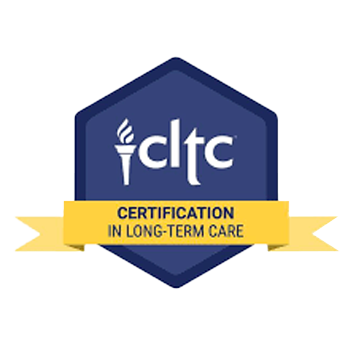Seems illogical, doesn’t it? But consider that a research study conducted by the Center for Retirement Research at Boston College reported that retirees in good health face higher lifetime health care costs than those in poor health. The study cited three reasons: 1) those in good health live longer 2) eventually become less healthy and 3) often then need nursing home care.
And an Age Wave research study, The New Age of Aging, supports these findings. It reports that “healthspan” has not kept pace with lifespan. For example, by age 66, an individual’s lifespan might be an additional 20 years. But the last 12.4 years will include serious illness or disability.
Assuming you are healthy and have longevity on your side, have you designed a plan for long-term care?
Designing A Plan Doesn’t Cost Anything
You can do it in three steps:
- If I needed care, where would I want to receive care?
- Home? A family member’s home? Assisted living community?
- If I needed care, who would I want to provide care?
- Family member? Trained caregiver?
- If I needed care, how would I pay for care?
- Self-Fund? Private insurance? Medicaid?
Note that the only way to protect assets and income is through private insurance.
Underwriting Is Evolving
Consider the underwriting process used today by most long-term care insurance carriers.
It has evolved with medical technology, treatment protocols and claims history.
Depending on your age, build and tobacco use, an underwriter may use any of these tools to approve your application:
- Application – This is a legal document and made part of the policy.
- Medical Information Bureau (MIB) – This is where insurance companies share information. It shows things like driving record, past illnesses, foreign travel and extreme sports.
- Med Data – This report contains diagnosis codes, services received, referrals to specialists and prescriptions written.
- RX Data Base – This report houses all prescriptions.
- Telephone Interview – Aged 60 to 64 a health history interview is conducted over the phone. Questions may include daily activities, health status, medications, social activities, living arrangements, names of physicians and medications.
- Face-to-Face Interview – Aged 65 and older an interview is conducted by a medical professional in the applicant’s home. This may include a paramedical exam including blood pressure, height and weight, blood and/or urine sample. Living conditions are evaluated along with health. Are there assistive devices, oxygen, equipment? A cognitive skills test is also required.
Frequently we hear comments that a client is not insurable because of a heart attack or bout of cancer. Both can be insurable. We just need the details.
Underwriting guidelines and processes change constantly. If questioning insurability, our digital health history questionnaire is easy to complete and send to us for evaluation or consultation with a carrier underwriter. It is secure and totally private. If we think it prudent to review a potential applicant’s health history with a carrier underwriter, we never disclose the client’s name, only the health history.
Ready to get started on your plan? Contact us today to get started.




